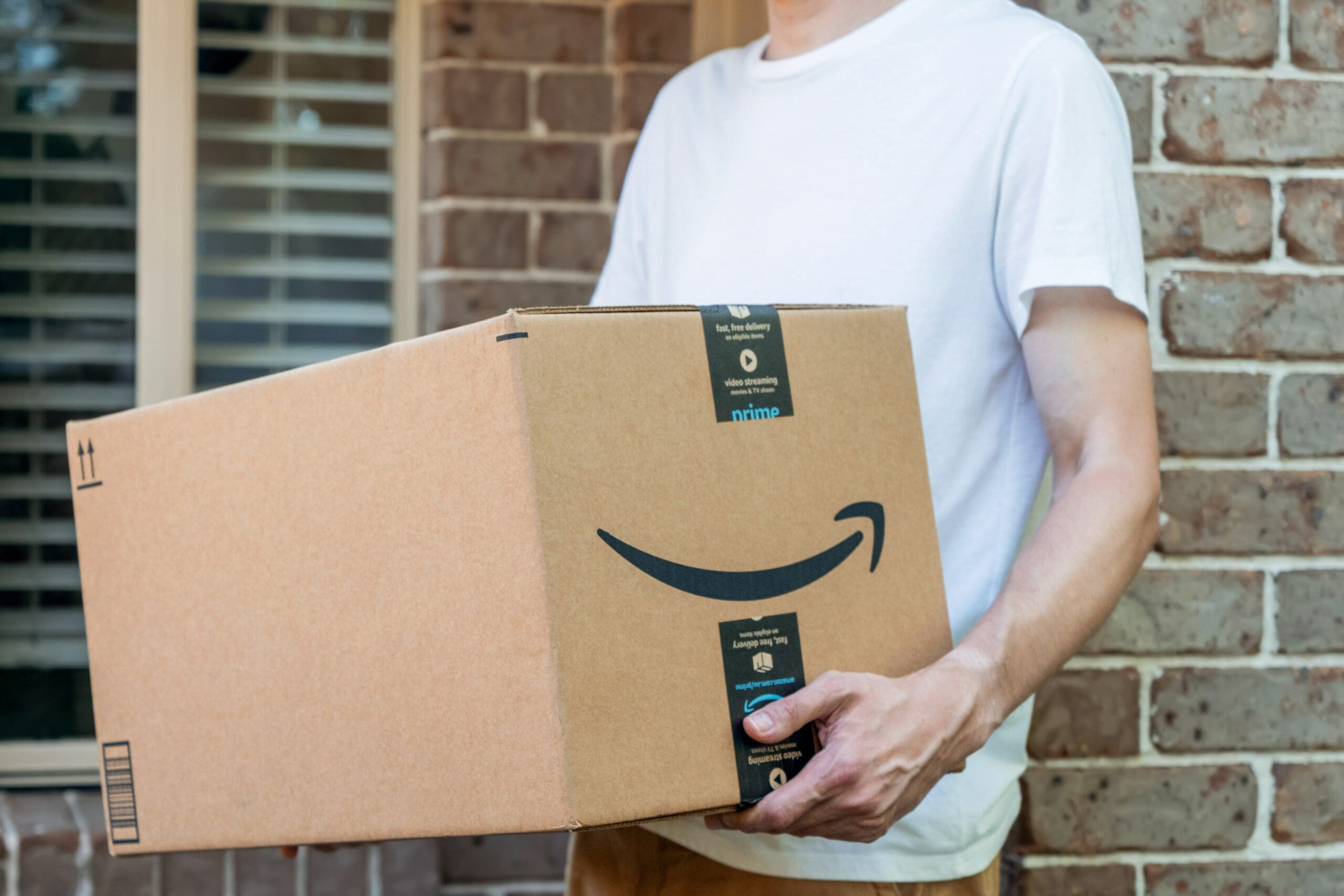For scaling brands, every additional dollar of profit counts. Maximizing available cash to reinvest into your company often makes the difference between a successful campaign and one that falls short. While there are common issues companies face during periods of rapid growth, you can avoid them with the right tools and systems in place.
What Are Common Issues While Scaling?
“Efficiencies of scale.”
In e-commerce, this often reads as an oxymoron.
Have you previously struggled with inefficiencies while trying to grow? Costing you time, money, and frustration?
Well, you are not alone.
But it doesn’t have to be that way.
We get it… rising ad costs, the cost of financing new products, cash flow squeezes, software that doesn’t really solve your problems.
These are all common complaints voiced by scaling brands, and many great companies are built specifically to address these problems.
Today, we’re here to talk about another major barrier to scaling – and how you can solve it
Fulfillment.
First, let’s review the common – and previously just accepted – fulfillment problems met by scaling companies:
- Supply Shortages
- Increased Shipping Expenses
- Fulfillment Bottlenecks
Does any of this sound familiar?
Left unaddressed, these issues can cripple the operations – and future growth – of ecommerce brands.
In contrast, if your company takes the necessary steps to establish good fulfillment systems, these problems can be prevented.
In fact, a fulfillment process working for you is a valuable asset that generates new opportunities for growth (particularly when other companies are forced to pause operations due to poor planning).
So, what can you do today to make sure your company is primed to scale?
Automate Your Inventory Alerts
It is critical for scaling brands to hold sufficient inventory to meet rising consumer demand, and also know when to replenish supply as sales ramp up.
Otherwise, the dreaded “Out Of Stock” notification can put an abrupt end to your growth campaigns – often for a long period of time – leading to:
- Lost potential sales
- Misallocated ad costs
- And damaged customer experiences.
Building a system to keep your warehouses stocked and stay in front of low inventory alerts is an important step for your brand to take before you start to scale.
Previously, this was achieved through meticulous (and manual) tracking of inventory levels. Which we know is time consuming, prone to human error, and costly when mistakes are made.
Thankfully, times change. Your operations can now run uninterrupted with automated inventory alerts that help you:
- Track Inventory Levels
- Set Restock Thresholds
- Reconcile Across Multiple Storefronts and Warehouses
The hurdle (and headache) caused by varying inventory levels and manual feedback delays is removed with inventory management software. (link entire sentence to https://www.soap-bx.com/features/pricing)
With your back-office business operations running smoothly, you will gain more time to focus on your product, more resources to allocate at scale, and experience less down time during key periods of growth.
Now that you’ve solved a common inventory issue prior to scaling, the next step is to refine your shipping solutions so you can extract the most margin from the increased sales coming your way.
Optimize Your Shipping Costs
With dozens of shipping carriers and rates to sort through, it’s difficult and time-consuming to manually find the most cost-effective option.
At scale, this becomes nearly impossible without the support of additional staff or a logistics partner – which might not be part of your immediate plan.
As a result, scaling brands are prone to miss out on cost-savings from the best shipping rates or spend more than you would like to access them.
With the introduction of shipping software that automatically shops and selects the most cost-effective carrier for every order, the previous tradeoff is now completely avoidable. (link entire sentence to https://www.soap-bx.com/features/pricing)
Solving this problem helps you extract more profit from every order and spend less time shopping through catalogs of rates, which increases your ability to reinvest in your brand and further accelerate growth.
Great.
You’ve already addressed inventory management and shipping costs, which were stealing valuable time and money from your business.
The final step – to remove barriers to scale – is solving for bottlenecks in your fulfillment process.
Streamline Your Fulfillment Process
Often overlooked, a highly tuned and seamless fulfillment process can leave a lasting positive impression on your customers. It is also a necessity in order to scale without interruption.
In contrast, a poorly (or inefficiently) managed fulfillment process will damage brand reputation and place a limit on the level your brand can scale to.
Manual solutions are no longer suitable to address the complexities of fulfillment processes.
With 1) multiple storefronts and marketplaces to keep track of, 2) multiple warehouses to fulfill from, 3) multiple packaging sizes to select from, and 4) multiple pick list, pack list, and labels to print…
Well, the complexities – they multiply.
This rings true for both startup and enterprise brands.
However, combining together manual oversight with best-in-class fulfillment software takes the complexities out of your fulfillment process. (link entire sentence to https://www.soap-bx.com/features/pricing)
You will stop losing hours every week solving logistics problems, reduce the potential for human error, and find hidden cost savings using fulfillment software that enables you to:
- Add and sync your storefronts and marketplaces for a single-view dashboard of your e-commerce business
- View, split, and fulfill orders from all your storefronts, marketplaces and warehouse locations
- Automatically recommend and select the best shipping packaging for your orders based on availability
- Print your pick list, pack list and purchase labels from one place
The outcome is a fulfillment process designed to help your brand grow (not prevent it)… and make you shudder at the thought of returning to old systems.
With inventory, shipping, and fulfillment barriers removed, your brand will be well positioned to scale efficiently and rapidly.
How Soapbox Can Help You Scale Efficiently
Whether your company is just getting started, prepping for growth, or looking to improve upon current systems, optimizing your fulfillment process is an important step to operate at scale.
While legacy software offers solutions to separate steps of the fulfillment process, they fail to provide a comprehensive tool that connects all elements of fulfillment under a single platform.
Likewise, companies can function using manual systems, but they fall short on time commitment required, fulfillment accuracy, and inflated cost – all important factors to optimize for high-performing brands!
We created our fulfillment software tool to address the shortcomings of manual systems and outdated software, so that brands are free to scale without the hassle of previously accepted “growing pains”.
Soapbox is an e-commerce command center for your fulfillment operations.
Our solution covers your end-to-end needs, from storefront listing and order management, to inventory reconciliation, warehouse, and shipping management.
The software is designed for, and as, a best-practice fulfillment workflow to get your products to your customers easier, quicker, and more cost efficient.
By removing common barriers to growth – and automating the areas most prone to human error or inefficiency – your company can leverage our software to scale:
- Quicker
- Efficiently
- Without interruption
- And across multiple platforms simultaneously
Visit our website (link to https://www.soap-bx.com/features/pricing) to learn more about our software and see how easy your shipping and fulfillment can be.
This is a guest post from our partner Soapbox. Soapbox seeks to give business owners full control over all aspects of fulfillment, giving sellers time to focus on the more enjoyable parts of running a business.






